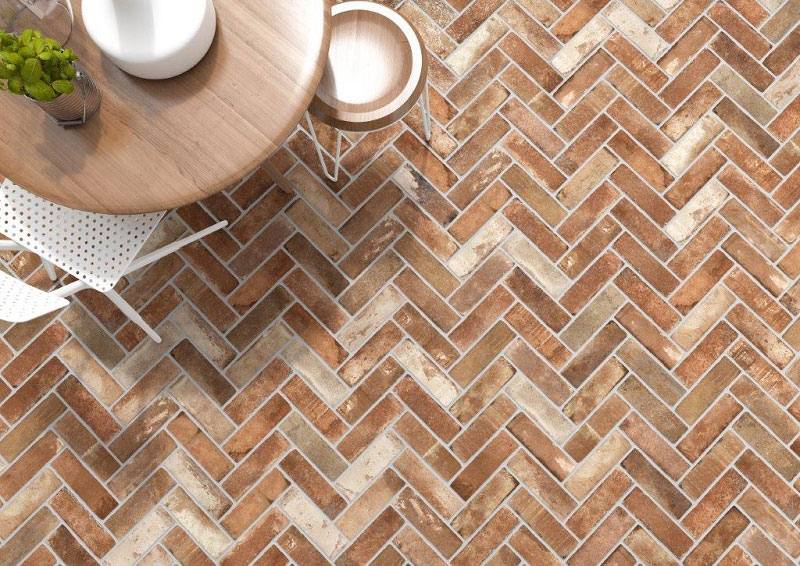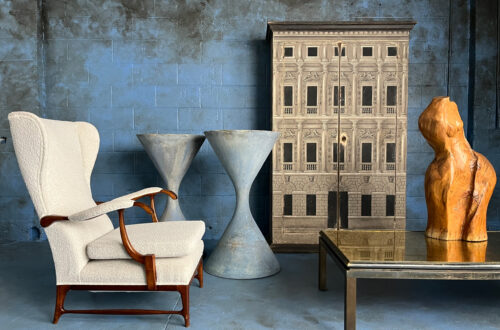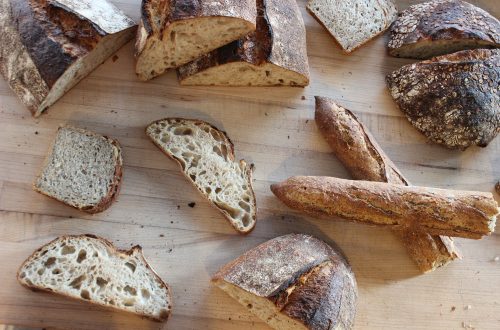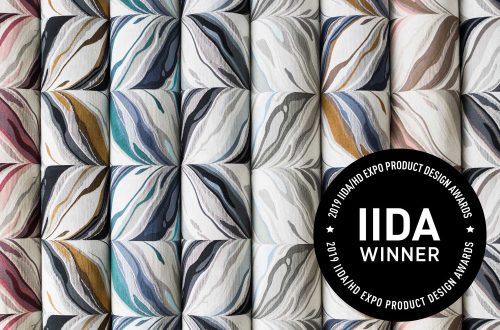Tiles as an interior finish can bring a distinct style to the built environment. Whether through the clean and contemporary aesthetic of lacquered subway tile or in a punch of vibrant color carried on through an untraditional pattern, there are nearly endless possibilities for crafting the personality of a residence using tile as a medium.
At the Michigan Design Center in Troy, Michigan, there are several experts in the tile realm ready to help recognize the most creative applications: something becoming more of a reality for stay-at-home workers and homeowners seeking to customize their spaces. As one of the first tile showrooms within the Michigan Design Center, Beaver Tile & Stone is a little-more-than 50-years-old and supplies both design professionals and end-users with some of the industry’s most prominent domestic and imported tile manufacturers and artists, such as Emilceramica, Castelli Marble, and Mosa, through the reach of its international partner company.
“We’re Michigan-based, but now we’re part of a company in Canada called Olympia Tile. Olympia is one of the largest tile distributors in the world so we can tap into some really great resources,” said Jan Grudzen, showroom manager at Beaver Tile & Stone at the Michigan Design Center.
Beaver Tile & Stone houses a diverse collection of unique ceramic tile, stone, and other related products from approximately 30 suppliers. Visitors can find unique options like Jeffrey Court’s Specialty Brick collection with its realistic brick-style tile made from durable European porcelain, and several visions of waterways through styles like Mirazur ceramic tile and its vibrant and undulating tiles evoking the European seaside. Grudzen and the team at Beaver Tile assist in making selections when there’s a vast array of compositions and styles to choose from, and potential for nearly any residential space to wear tile.
“We’re finding more and more people are using tile throughout their whole living space,” Grudzen said. “There are [different types] like ceramic tile, porcelain tile, natural stones, glass tiles, and to a small degree, metal tiles. We would kind of break that down for people.”
For example, for more heavy traffic households Grudzen would recommend a porcelain tile as opposed to marble or granite, especially since it can be styled in similar likeness to other materials and boasts a durability that makes it applicable to even some outdoor spaces. Some newer trends in tile Grudzen noted include a renewed interest in bright swathes of color—especially in laundry rooms and backsplashes—either standing alone or amongst a more neutral backdrop to retain interest while being more subdued.
As a more permanent application than something like paint, tile holds a special longevity once installed, thus Beaver tile maintains a permanent collection stocked with reliable neutral hues like gray and beige, while colorful additions provide a dynamic range.
“We’re still going to sell a bunch of white subway tile—that’s not going to end,” Grudzen said. “People are liking that bright, crisp look and we do get a lot of people concerned with resale; you’re going to stick more neutral in that situation. People are [also] investing a lot in their homes right now; they need some cheeriness.”
Additionally, Grudzen noted geometric tiles in different patterns are becoming prevalent, as are large format tiles becoming more common in size. In the porcelain realm, playful applications are repurposing the material to look like wooden pieces, which makes the style popular for homeowners with lake houses since porcelain is easier to clean and keep dry.
“A lot of designers are flipping this and putting wood planks on walls rather than on floors so it’s kind of an interesting trend,” Grudzen said.
Those visiting the Michigan Design Center can find a variety of tile selections on display within Beaver Tile’s large format display drawers—a new addition to the showroom—as well as floor patterns, concept boards, and even in the full on-site kitchen. Within its comprehensive, 215,000-square-foot campus representing more than 1,000 manufacturers, the Michigan Design Center also offers tile expertise at Cercan Tile and Ann Sacks. In all, it houses nearly 40 designed showrooms featuring the best of current offerings in areas from tile and flooring to home accessories and lighting.
Text: R. Collins
Photography: Beaver Tile & Stone | Michigan Design Center






